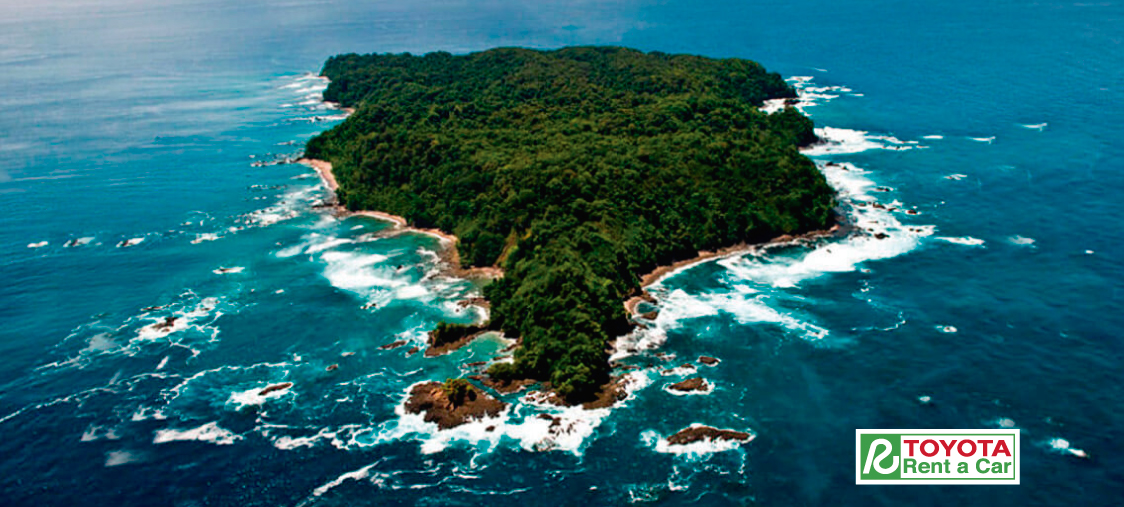
Is considered one of the top 25 most biodiverse countries in the world and proud home of more than 500,000 species.
Definitely, Costa Rica could not leave aside with no regulations the conservancy of such a great natural treasure.
That’s why since 1970 government and communities have been working together to establish measures to protect our wide biodiversity, looking to achieve sustainable development in harmony with the need to promote the ecotourism industry.
As a result, the National System of Conservation Areas (SINAC) was created, which protects 32 national parks, 51 wildlife refuges, 13 forest reserves, and 8 biological reserves.
Biological reserves are state-owned forests and forest lands with enormous biodiversity and strict current legislation related to the use and investigation of its resources, wildlife, and ecosystems.
Let's review five of the most important biological reserves in Costa Rica:
Cloud Forest, Monteverde, Puntarenas
It's one of the favorite ecotourism destinations in Costa Rica. Its 26,000 acres of misty atmosphere are home to abundant wildlife and plant life diversity.
Throughout its eight biological zones, we can find more than 500 bird species (like the quetzal and the bellbird), and different animals such as jaguars, toucanets, pumas, monkeys, and the famous red-eyed tree frogs.
With views to both the Pacific Ocean and the Caribbean Sea, this reserve has a great variety of tall trees full of epiphytic plants, 420 species of orchids, and 200 ferns.
Hitoy-Cere Biological Reserve, Limón
A rare and captivating biological refuge, whose name comes from the union of two Bribri language words (hitoy, which means wool, and cerere, clean water).
Located 60 km south of Puerto Limón, it is an epic tropical jungle, made up of virgin and exuberant forests, with great vegetation, streams, and waterfalls.
The reserve, declared a World Heritage Site in 1993, contains 380 species of plants, and trees up to 160 feet tall, as well as more than 40 species of mammals (monkeys, deer, possums, squirrels, agoutis, and jaguars).
Bird Island Biological Reserve
As its name suggests, it offers an impressive display of multiple species of Costa Rican birds.
Professional and amateur observers from all over the world are captivated, not only by the explosion of vivid colors but also by the joyful chants that resemble an open-air concert.
It is a small island in the Gulf of Nicoya (it measures only four hectares) but with impressive biodiversity and landscapes, nuanced by rugged coastlines of exuberant vegetation and a virgin atmosphere.
Lomas Barbudal Biological Reserve, Guanacaste
From Bird Island, we jump to Insect Park and its great variety of insects, wasps, and butterflies, including more than 60 types of moths and the same number of nocturnal butterflies.
It is part of the Tempisque Conservation Area and is located about 40 minutes south of Liberia, the capital and largest city of Guanacaste.
We suggest you start the trip at the research station, located at the park entrance, where you will be able to learn about the species that inhabit the reserve.
For example, more than 200 species of birds such as the elegant trogon, the scarlet macaw, the jabiru stork, the vulture, and the great curassow. Or the wild cats, coatis, deer, and many native species of primates.
Caño Island Biological Reserve, South Puntarenas
It is a 300 hectares piece of land formed about 50 million years ago and used as a cemetery in ancient times.
Located in the Pacific Ocean, about 20 km off the coast of the Osa Peninsula, in Drake Bay, it is considered one of the best world diving spots.
Its real beauty lies, below its surface, with super blue virgin waters that keep a spectacular variety of marine flora and fauna, as well as glorious coral reefs.
Conclusion
Other biological reserves in Costa Rica are Guayabos Island, Negritos Islands, and the Cloud Forest, Santa Elena, which also have their beautiful spell. If you have enough time, we recommend you visit all of them, but since it is not always possible, here you have 5 good options to start with. You decide which ones sound better for you, and we help you choose the best rental car to take you there. At Toyota Rent a Car we have brand-new Toyota, Hino, Lexus, Ford, Volkswagen, and Subaru cars for rent. Tell us what your plans are and we will give you the best rental car deals to go and explore the huge biodiversity Costa Rican biological reserves offer.
Reserve now: https://toyotarent.com, email: sales@toyotarent.com, or phone numbers: 4036-7422 / 7235-8722
Article written by:
José Ricardo Carballo Villalobos
Works as a journalist, blogger, writer, and freelance copywriter. He is a frequent press columnist, co-director of the digital media La Revista CR, and administrator of the current affairs blog: analistahoy.com. For more information about the author, visit his website or Facebook.
COSTA RICA:
+506 4036-7400
USA & CANADÁ (Toll Free) 833-888-TRAC (8722)
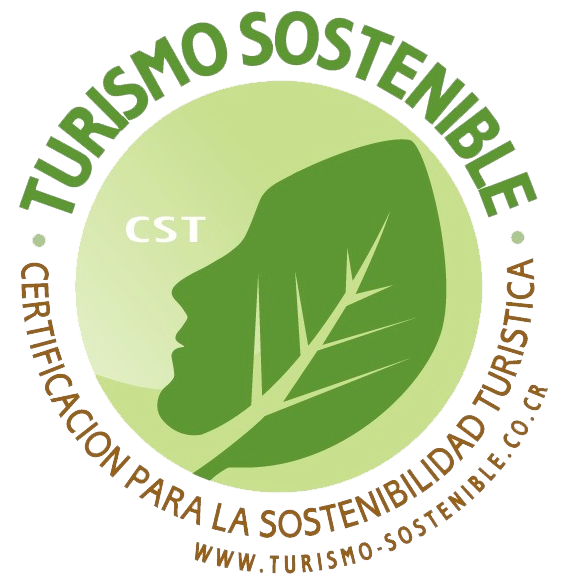
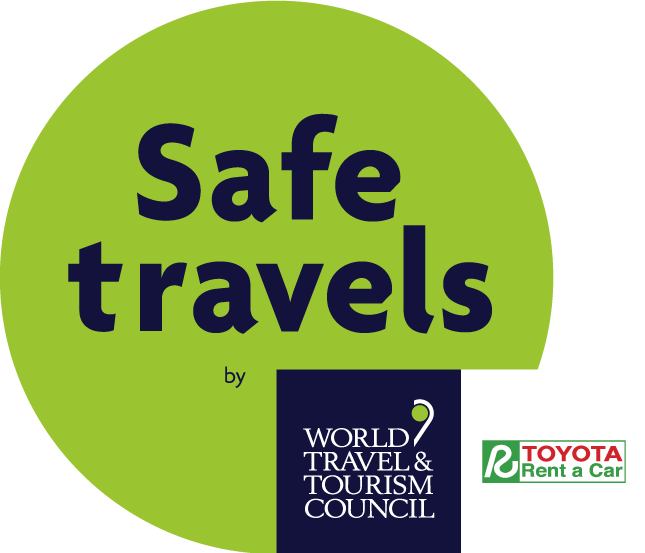

© 2020 Toyota Rent a Car Costa Rica. All rights reserved.